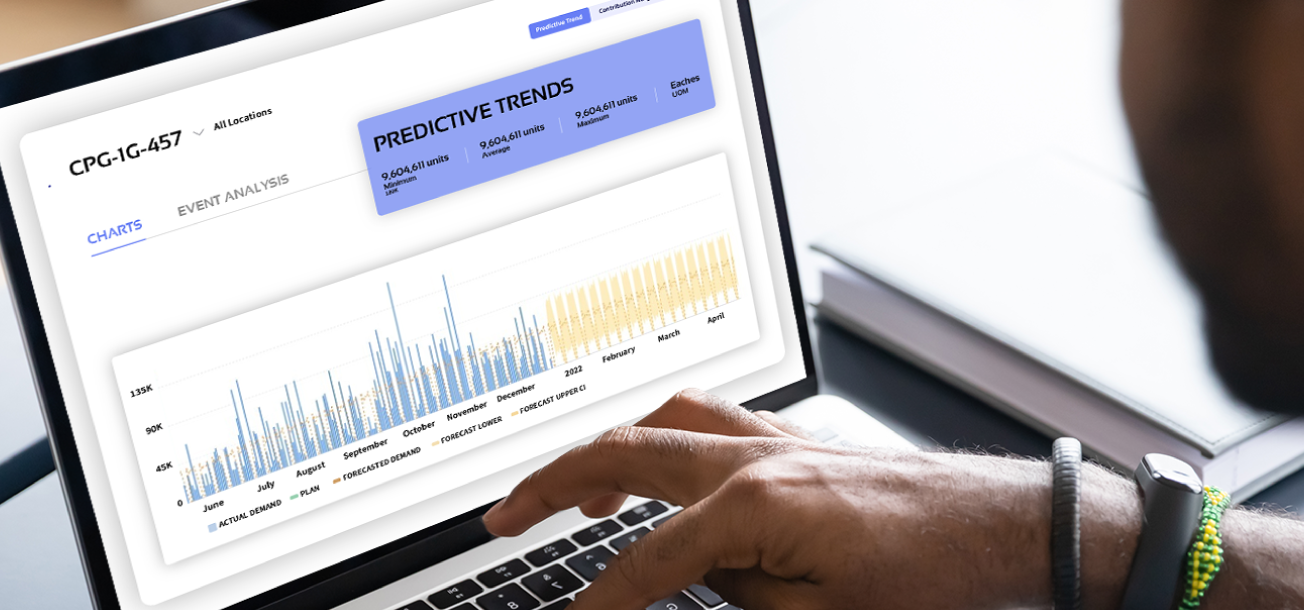In the fast-moving world of consumer electronics, accurately predicting customer demand is critical for staying competitive. New product releases, shifting consumer preferences, short product life cycles, and global supply chain volatility all contribute to the complexity of forecasting demand in this sector. Traditional planning methods often fall short, leaving businesses with either excess inventory or costly stockouts. To address this, many companies are turning to advanced demand planning software to enhance forecast accuracy and optimize operations.
Demand planning software helps electronics manufacturers and distributors analyze historical data, market trends, and external variables to generate more precise forecasts. This technology isn’t just about gathering data—it’s about transforming it into actionable insights that drive smarter decisions across procurement, production, and distribution.
Short Product Life Cycles Demand Fast, Accurate Forecasting
Consumer electronics products have notoriously short life spans. Whether it’s smartphones, smartwatches, or gaming consoles, these products often have limited windows of high demand before being replaced by newer models. A slight delay in inventory planning or an inaccurate forecast can lead to overstocking items that quickly become obsolete—or understocking and missing critical sales opportunities.
Demand planning software uses algorithms to detect patterns in sales history, promotions, seasonality, and even social media signals to create dynamic forecasts. These tools adapt in real-time to shifts in demand, enabling planners to respond more quickly to market changes and avoid inventory pitfalls.
Granular Forecasting for Components and Accessories
Another challenge in electronics is managing not just finished goods, but the components and accessories that support them. From batteries and chips to cases and chargers, every piece must be forecasted with precision. Demand planning software enables multi-level forecasting, allowing businesses to create detailed predictions for both high-level and granular product categories.
By integrating with ERP and supply chain systems, the software can sync component-level demand with production schedules and supplier timelines. This ensures that companies have what they need, when they need it—without tying up capital in excessive inventory.
Managing Promotions and Channel Complexity
Consumer electronics are often sold through various channels, including online retailers, brick-and-mortar stores, and direct-to-consumer platforms. Each channel may have unique sales patterns and promotion schedules, further complicating demand planning.
Modern demand planning software accounts for these channel differences by analyzing data at the segment level. Planners can simulate the impact of upcoming promotions, product launches, or price changes on specific sales channels, helping them anticipate spikes or lulls in demand. This level of insight improves inventory allocation and minimizes missed opportunities.
Leveraging AI and Machine Learning for Continuous Improvement
AI and machine learning are integral to the most effective demand planning software. These technologies continuously refine forecasting models by learning from new data and adjusting for anomalies or changes in behavior. Over time, the system becomes more accurate, providing a strategic advantage for companies operating in volatile markets like consumer electronics.
Conclusion
In the consumer electronics industry, success depends on agility, precision, and foresight. Demand planning software provides the tools businesses need to forecast with greater accuracy, manage complex supply chains, and respond rapidly to market shifts. By leveraging advanced forecasting technology, companies can reduce inventory costs, avoid lost sales, and improve overall operational efficiency—staying one step ahead in a constantly evolving market.

